Introduction:
Cracked heels, though often overlooked, can cause discomfort and pose risks if left untreated. These fissures in the skin at the base of the heels can stem from various factors such as dry skin, pressure, medical conditions, and poor foot hygiene. Recognizing the symptoms early and understanding the preventive measures are crucial in managing this common foot ailment.
In this article, we will delve into the causes, symptoms, preventive measures, and treatment options for cracked heels, shedding light on how to effectively address this issue and maintain optimal foot health.
Short View Of The Contents:
Understanding Cracked Heels:
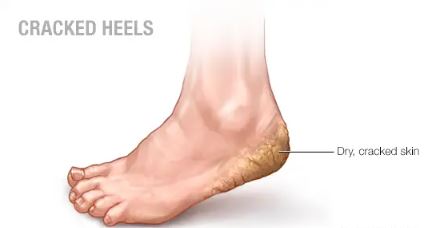
- Cracked heels, medically known as heel fissures, develop when the skin on the heels becomes excessively dry and loses its elasticity, leading to the formation of cracks.
- Initially, this may seem like a cosmetic issue, but neglecting cracked heels can result in discomfort while walking and leave you vulnerable to infections as the fissures deepen.
Root Causes:

Numerous factors contribute to the development of cracked heels. These include:
- Dry Skin: Environmental factors such as dry climate or excessive bathing can strip the skin of its natural oils, leading to dryness.
- Pressure and Friction: Prolonged standing, wearing ill-fitting shoes, or excess body weight can exert pressure on the heels, causing them to crack.
- Medical Conditions: Underlying health issues like diabetes, thyroid disorders, or skin conditions such as eczema and psoriasis can exacerbate dry skin and increase the risk of cracked heels.
- Nutritional Deficiencies: Insufficient intake of essential nutrients like vitamins A, C, E, and minerals like zinc can compromise skin health and contribute to dryness.
- Hygiene: Poor foot hygiene, including infrequent moisturizing or exfoliation, can exacerbate dryness and predispose the heels to cracking.
- Aging: As we age, the skin tends to lose its elasticity and natural oils, making it more prone to dryness and cracking.
- Harsh Chemicals: Exposure to harsh chemicals present in soaps, detergents, or foot care products can strip the skin of its natural oils, exacerbating dryness and increasing the risk of cracked heels.
Recognizing Symptoms:
Identifying the signs of cracked heels early on is essential for timely intervention.
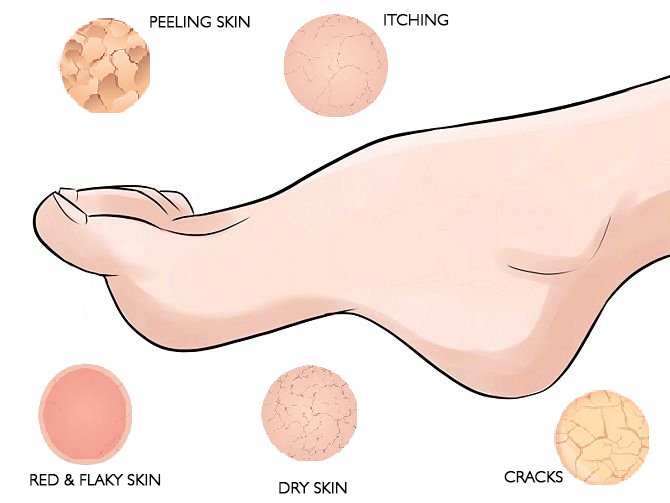
Symptoms may include:
- Visible Cracks: Ranging from superficial fissures to deeper splits in the skin.
- Dry, Thickened Skin: Especially around the edges of the cracks.
- Pain or Discomfort: Particularly when pressure is applied, such as during walking or standing.
- Redness or Inflammation: Surrounding the cracked areas, indicating possible infection or irritation.
- Itching or Peeling: Sometimes accompanying conditions like athlete’s foot or eczema.
- Difficulty Walking: Severe cases can significantly impair mobility and quality of life.
Effective Treatment:
Addressing cracked heels promptly is essential to prevent complications. Treatment options include:
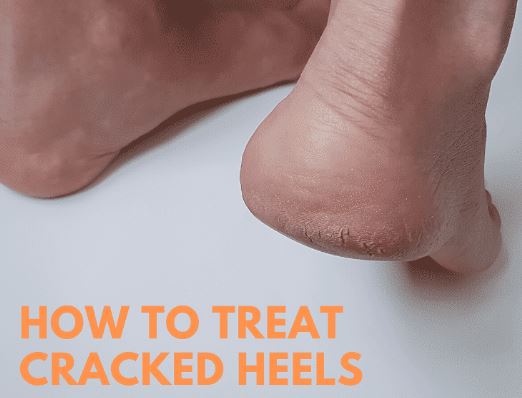
- Prescription Creams: Stronger formulations containing urea, salicylic acid, or corticosteroids can help soften the skin and promote healing.
- Debridement: Removal of excess dead skin buildup through professional interventions.
- Customized Footwear: Properly fitted shoes or orthotic inserts can alleviate pressure on the heels and promote healing.
- Medical Procedures: In severe cases, laser therapy or surgery may be necessary to facilitate healing and prevent recurrence.
Preventive Measures:
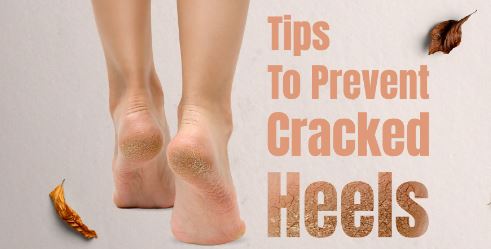
Taking proactive steps to prevent cracked heels is key. Some preventive measures include:
- Regular Moisturizing: Keep the skin on your heels hydrated by applying moisturizers containing emollients like urea or shea butter.
- Gentle Exfoliation: Regularly remove dead skin cells with a pumice stone or foot scrub to prevent the buildup of thickened skin.
- Hydration and Nutrition: Drink plenty of water and consume a balanced diet rich in essential nutrients for overall skin health.
- Supportive Footwear: Choose shoes with adequate support and cushioning to reduce pressure on the heels.
- Proper Foot Hygiene: Wash your feet daily with mild soap and warm water, and pat them dry gently.
- Avoiding Harsh Chemicals: Limit exposure to harsh soaps, detergents, and skincare products that can strip the skin of its natural oils.
- Regular Foot Checks: Inspect your feet regularly for any signs of dryness, cracking, or other abnormalities, and address them promptly.
Role of Orthotic Inserts:
Orthotic inserts play a significant role in managing cracked heels, especially for individuals with biomechanical issues or recurrent heel fissures. These inserts, also known as orthotics or shoe inserts, are specially designed devices placed inside shoes to provide additional support, cushioning, and alignment correction for the feet. While they may not be necessary for everyone with cracked heels, they can offer valuable benefits for those experiencing specific foot problems.
- Correcting Biomechanical Issues:
- Orthotic inserts can help address biomechanical abnormalities such as overpronation (excessive inward rolling of the foot) or supination (excessive outward rolling of the foot).
- These issues can contribute to uneven pressure distribution on the feet, leading to cracked heels.
- By correcting foot alignment, orthotics can reduce strain on the heels and prevent further fissures.
- Alleviating Pressure:
- Persons with cracked heels often experience discomfort due to pressure and friction on the affected area, especially when walking or standing.
- Orthotic inserts provide additional cushioning and support, helping to distribute pressure more evenly across the foot.
- This can reduce the likelihood of exacerbating existing heel fissures and promote healing.
- Improving Footwear Support:
- Proper footwear is crucial for preventing and managing cracked heels.
- Orthotic inserts can enhance the support and stability provided by shoes, particularly if the existing footwear lacks adequate cushioning or arch support.
- By optimizing shoe fit and comfort, orthotics minimize the risk of excessive pressure on the heels and help prevent further skin damage.
- Preventing Recurrence:
- For someone prone to recurrent cracked heels, orthotic inserts can play a vital role in preventing future episodes.
- By addressing underlying biomechanical issues and providing ongoing support, orthotics help maintain optimal foot alignment and reduce the risk of developing new fissures.
- This proactive approach can contribute to long-term foot health and minimize the need for repeated treatments.
- Customized Solutions:
- While over-the-counter orthotic inserts are readily available, custom orthotics offer personalized support tailored to the individual’s foot shape, gait pattern, and specific needs.
- A podiatrist or orthopedic specialist can assess the patient’s foot structure and biomechanics to recommend the most suitable orthotic solution.
- Custom orthotics provide optimal support and comfort, enhancing their effectiveness in managing cracked heels.
Conclusion:
In conclusion, cracked heels may appear trivial, but they can have significant implications if ignored. By understanding the root causes, recognizing the symptoms, and implementing preventive measures, anyone can effectively manage cracked heels and prevent complications.
Timely intervention, proper foot care habits, and seeking professional advice when needed are essential steps in ensuring optimal foot health and overall well-being.
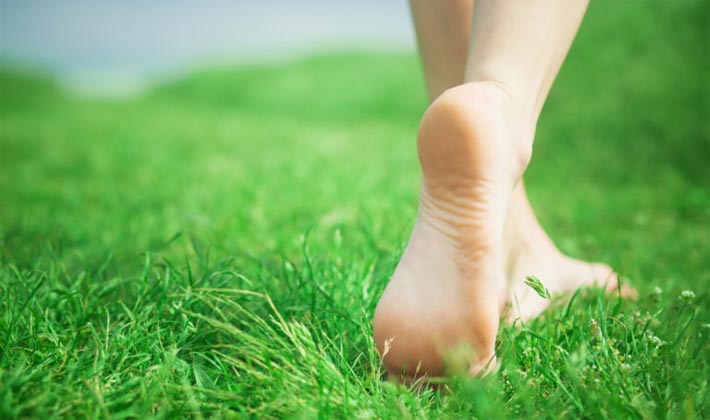
Let’s prioritize our foot health and take proactive measures to address cracked heels, thereby stepping towards a pain-free and comfortable life.



MOST COMMENTED
Animal-Based Proteins / Casein Protein / Dietary Protein / High-Protein Diets / Pea Protein / Plant-Based Proteins / Protein / Protein Deficiency / Protein Supplements / Proteins / Whey Protein / Whey Proteins
Is Protein Powder Safe for Teenagers and Children?
Animal-Based Proteins / Casein Protein / Dietary Protein / High-Protein Diets / Pea Protein / Plant-Based Proteins / Protein / Protein Deficiency / Protein Supplements / Proteins / Whey Protein / Whey Proteins
Unlock the Power of Proteins for Optimal Gut Health
Multivitamin
Total Health: Multivitamin for Active Lifestyles
Multivitamin
WellnessFusion: Complete Multivitamin Support
Dietary Supplement
Revitalize Your Health: The Magic of Red Yeast Rice Capsules
Foot care / Foot Health
Revitalize Your Foot Care Routine: Essential Tips for Optimal Foot Health
Foot Problem / Diabetics / Foot Health
Diabetics: Mastering Footwear Selection for Enhanced Foot Health and Ultimate Comfort
Exercises and Footwear Tips for Hammertoe Relief / Foot care / Foot Health / Foot Pain / Foot Problem / Hammertoes
Unlock Effective Exercises and Footwear Tips for Hammertoe Relief
Hammertoes / Foot Health / Foot Pain / Foot Problem
Unlock Relief: Essential Guide to Hammertoes Causes, Symptoms, and Treatments
Foot Problem / Foot Health
Revolutionize Your Recovery: Natural Remedies for Plantar Fasciitis – Fresh Home Keepers